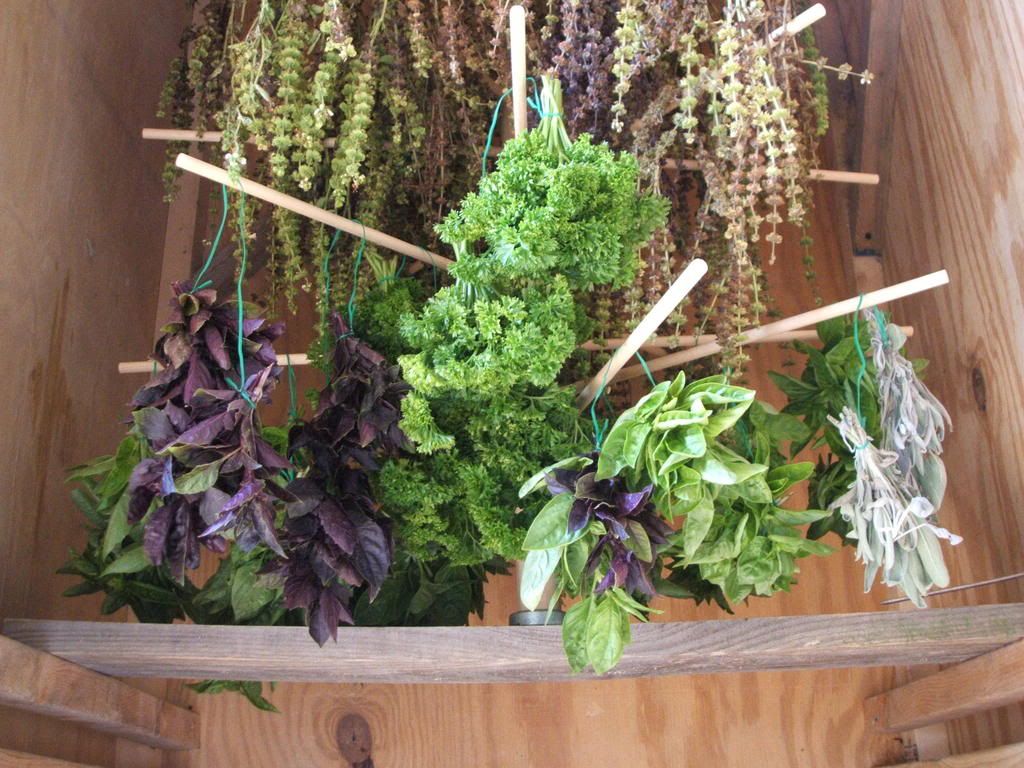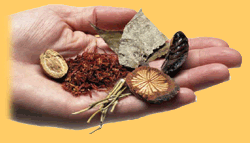
Poultice Making is sometimes thought of as granny medicine and not really something that is done any longer. That is not really the case, though. The concept remains fairly prominent in modern medicine.
I’ve noticed that many people interchange the use of the terms “poultice” and “compress”. My understanding of these two terms is that one applies the herbal mixture directly to the skin when making a poultice, although sometimes it is wise to protect the skin with a thin layer of cheese cloth or muslin. Compresses are usually made by soaking a clot in an infusion and applying these cloths to the skin. I will put something together on the uses of compresses at a later date. I’ve put together a poultice/compress kit in which I keep the following materials:
My Poultice/Compress Kit
Sterile cotton and flannel and wash cloths.
Wool sweater ribbing cut from old sweaters.
Bedding protectors such as an old flannel lined plastic table cloth.
Hot water bottle and covers.
Old hosiery

You will also want to have clay and finely ground flour ( I like rice flour) on hand but I keep these in glass containers in my herb closet. I have large tongue depressors for spreading poultices in my first aid kit.
Traditionally poultices were used to soothe, warm or to draw. The poultice is prepared, spread on the affected area and then covered with a thin piece of cotton. I wrap an outer cloth around this area to hold the poultice in place. The wool ribbing works very well for warming poultices because it holds in the heat.
The simplest of poultices is prepared by simply grinding up the fresh herb, spreading it on a gauze pad or piece of flannel and applying it to the area where it is needed. For example, when I cut myself, I grind up yarrow and apply it directly to the cut. The astringency will stop bleeding and help the injury to seal itself shut. Plantain leaves work very well to draw out splinters and when trying to soothe insect bites.

A soothing poultice helps with itchy rashes or skin irritations, such as rashes or hives. They can also help to reduce inflammation and encouraging healing. In the Gladstar course, we learned to mix two parts cooling , demulcent herbs to one part relaxing herb. Comfrey root and leaf juice are my hands down favorite demulcents to use. In the fall, I preserve comfrey poultices by juicing comfrey leaves and mixing in dried comfrey root to form a thick paste. Then, I spread this mixture on squares of cotton muslin, cover it with another flash freeze. These work well when you want to apply initial cold to a bruise or a sprain to stop swelling. I also freeze comfrey leaf juice in ice cubes trays and then store the cubes freezer containers to be used in warming poultices. For relaxing herbs, I like to use borage because it also has cooling properties or lavender as it is an analgesic.
A warming poultice is used to bring heat to an area to encourage circulation and or to relax muscles. They can work very well in relaxing muscle spasms. They often include ingredients like mustard powder or cayenne powder. I often just mix 1/t part mustard and 1/2 part cayenne to three parts rice flour, then mix in enough water to make a paste.
A drawing poultice is often a mixture of herbs and clay and cold water; which when applied to splinters or insect bites will help to draw out foreign objects. I often use tinctures or liniments in drawing poultices, as well.
I make a drying poultice which is basically a cold, drawing poultice. I always make these with clay and liniment and use them to dry up itchy , oozing rashes such as poison ivy. These should never be warm because heat may spread the rash due to the fact that the oils become more fluid when they are warm.
Sometimes when we are out camping and I am away from my larger supply of herbs, I cheat and make poultices out of the liniments and tinctures I keep in my portable first aid kit, poured on a gauze pad.
The only thing left to discuss is temperature. You can figure out what temperature to use by using some common sense. Heat expands and draws energy so a very hot poultice might bring an infection to a head or draw blood to an area to increase healing. I would use heat to draw out a splinter. Heat also relaxes so it works well to relieve cramped, sore muscles or back spasms.

Cold constricts, slowing the inflammation process, so you might want to use it to stop burning or swelling. Once that has stopped, you can always apply a warmer healing poultice. Physical trainers often recommend alternating between cold and hot when dealing with injuries, anyway.
What was good enough for Grandma is good enough for me! Eya?
ReplyDeleteLovely to see you this morning Sister and to hear your beautiful voice as well!
Happy Holidaaaaays! :)
I love ya!
Muah!